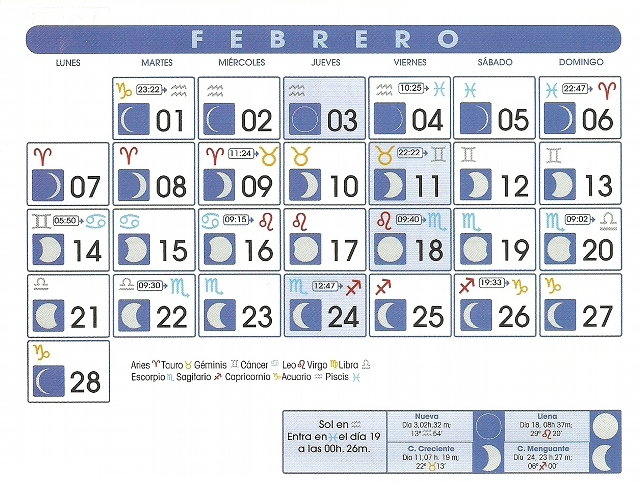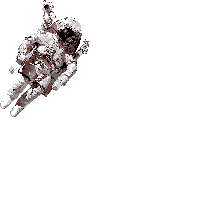The Sky This Month – March 2010
March is a “change over” month for the night sky. The bright stars of
the northern winter move westward and give way to the star-sparse nights
of Marzo, Abril, and May. That’s because we’re starting to look out of
the plane of the Milky Way and into intergalactic space. So we see
fewer stars and nebulae and open star clusters, but more galaxies become
visible, especially those of the Virgo cluster and smaller collections
like the M81 and Leo groups.
And of course, the seasons change this month. The southern hemisphere
begins fall and the northern hemisphere begins spring on March 20 at
17:32 UT. At this time, the sun sits at the point where the celestial
equator and ecliptic meet. All points on the Earth receive an equal
amount of sunlight, hence the term “equinox”, or “equal nights”.
Moon
Last Quarter: March 7, 15:42 UT
New Moon: March15, 22:01 UT
First Quarter: March23, 11:00 UT
Full Moon: March30, 2:25 UT
Planets
Mercury lies a generous 10 degrees above the western horizon after just after sunset. It reaches magnitude -0.9 by month’s end and sits just below the brighter Venus.
Venus is still close to the sun in the western sky, but it rises higher this month to get 10-12 degrees above the horizon by Marzo 31. It’s not much to see through a telescope since it’s near full phase. But it makes a lovely pairing with Mercury later this month, and with the Moon on Marzo 16-17.
Mars lingers in the sky, as mentioned above. At its closest in Enero, the disk of Mars was 14 arc-seconds across. It will shrink to 9 arc-seconds by month’s end.
Jupiter is lost in the glare of the sun this month.
Saturn gears up for a good show over the spring and early summer. The ringed planet hovers in Virgo between the stars Spica and Denebola. The planet is directly opposite the sun on Marzo 21, and rises high enough for viewing by mid-evening. The rings are still just 4 degrees from edge-on. A small telescope at 75x or more will clearly show the rings. Saturn this month is about 1.27 billion km away from Earth.
Uranus is too close to the sun to be observed this month.
Neptune. Just above the horizon at dawn. Wait for a
month or two to try to spot this icy giant planet.
Celestial Events
The Marzo equinox occurs at 17:32 UT, bringing spring and autumn
to the northern and southern hemispheres.
And don’t forget to check out the zodiacal light early this
month. Look for a tall pyramid of whitish-yellow light just after
sunset. Dark sky is required.
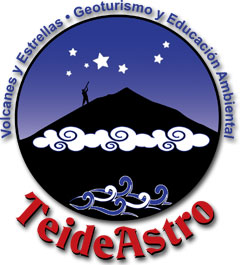





.gif)
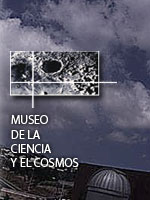
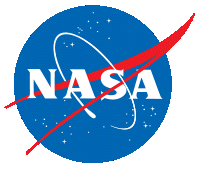
.gif)
